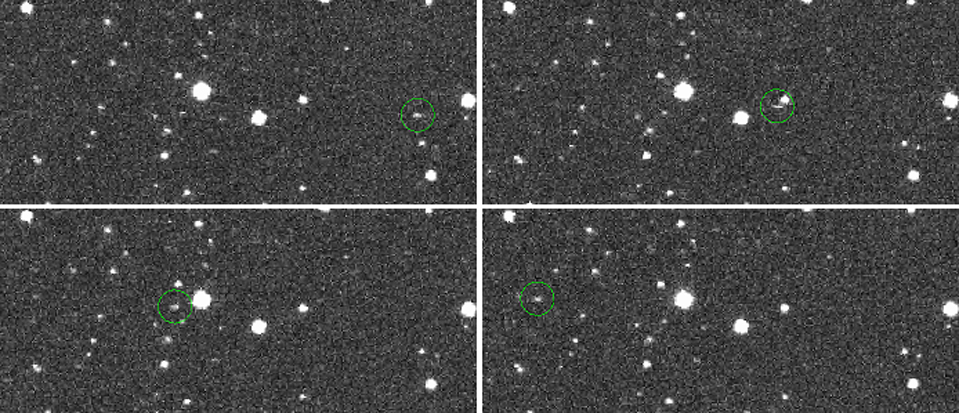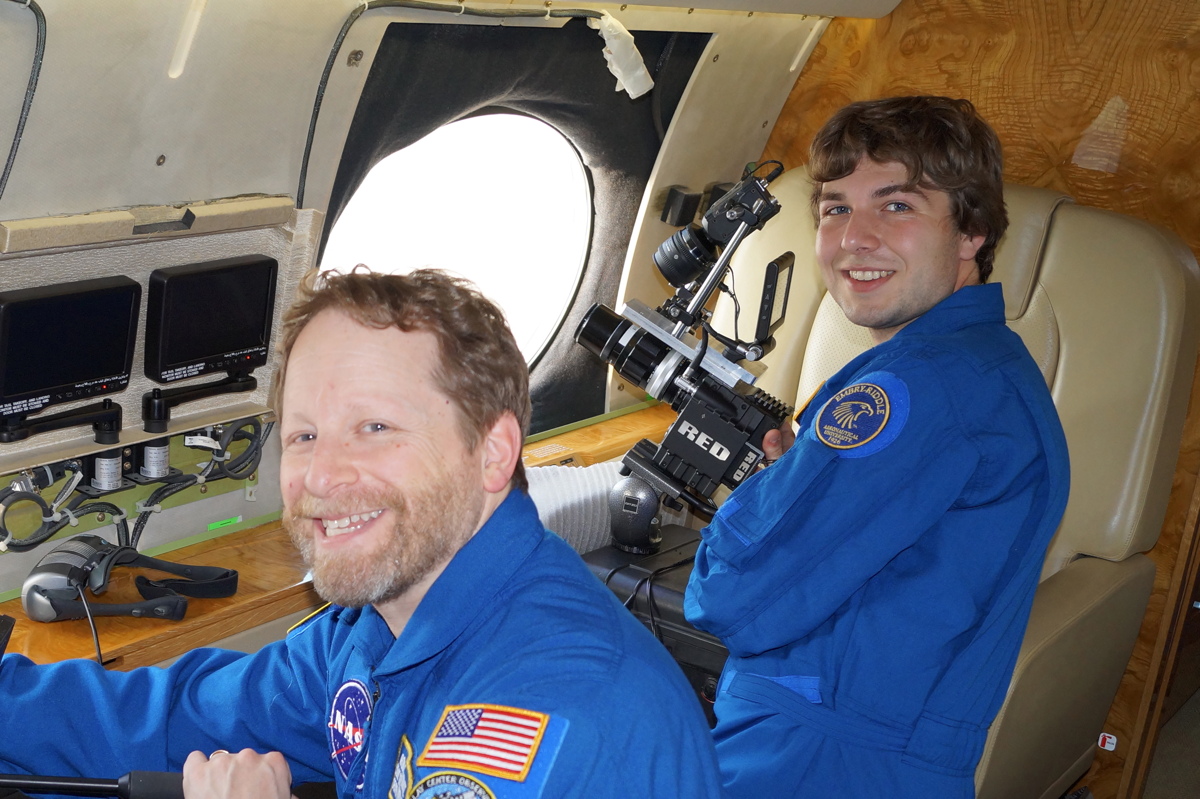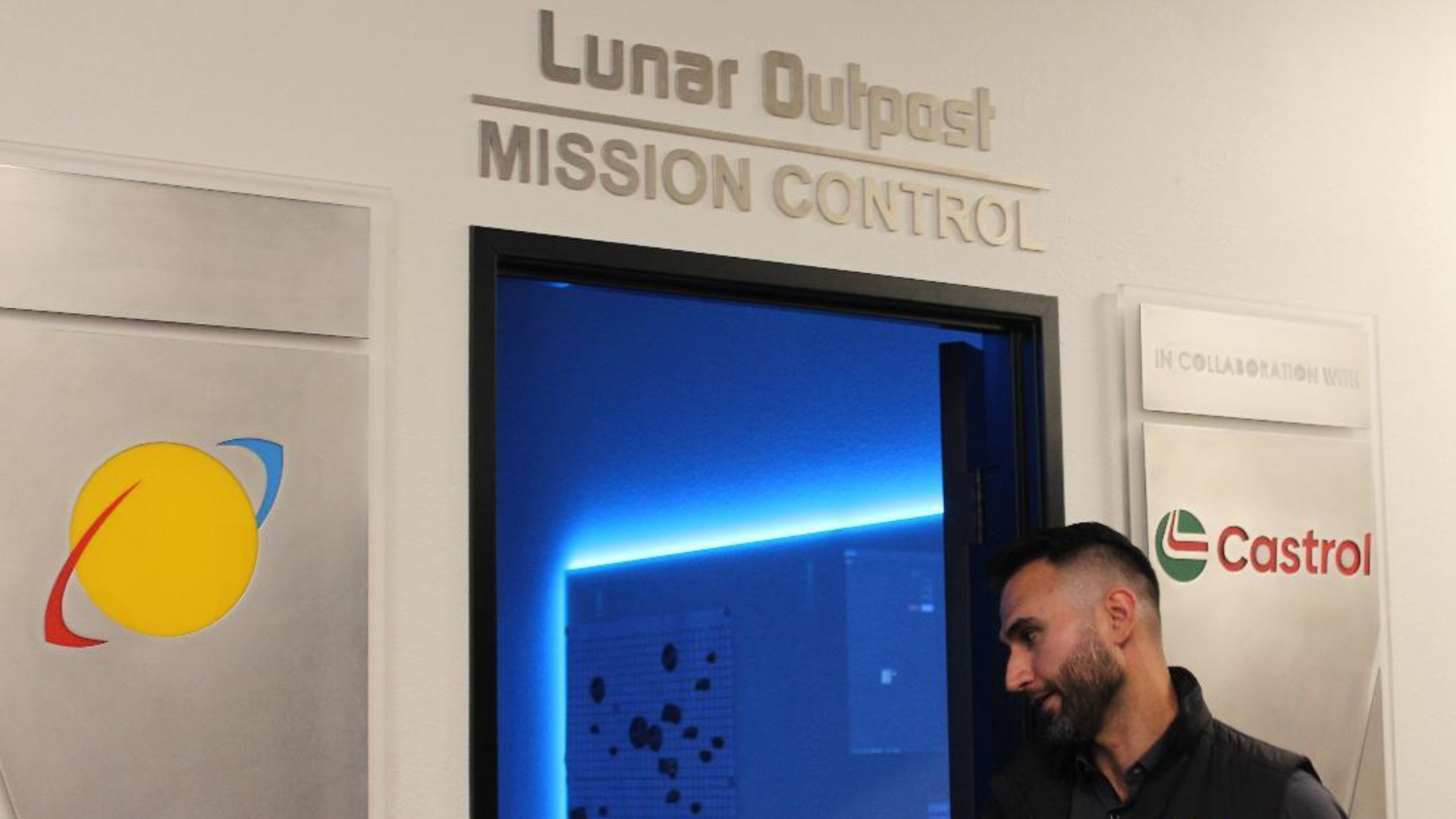Weird Space Junk Falls to Earth on Friday the 13th: Watch It Online

An unknown space object will crash through Earth's atmosphere Friday morning (Nov. 13) — and a Slooh webcast will show the first observations live after the object re-enters off the coast of Sri Lanka.
The bizarre object WT1190F has been orbiting Earth for years on an elliptical path and is likely a piece of a rocket body a few meters in diameter, European Space Agency (ESA) officials said in a statement. It will hit Earth's atmosphere at 1:19 a.m. EST (0619 GMT) Friday morning, and starting at 8 a.m. EST (1300 GMT) the Slooh Community Observatory will host experts analyzing the first images of the object's flaming, 8-second fall. The webcast can be viewed live on Slooh.com.
You can also watch the webcast on Space.com, courtesy of Slooh. Slooh host Paul Cox will talk with impact specialist Mark Boslough and a member of the team tracking the object's fall near Sri Lanka to discuss its makeup and the most up-to-date observations.
According to the ESA's statement, the object was discovered by the University of Arizona's Catalina Sky Survey back in 2013, and astronomers have watched its unusual orbit to calculate when it would hit Earth's atmosphere. It is expected to burn up as it comes through the atmosphere, and any debris will land in the ocean as researchers watch. The fireball as it hits the atmosphere should be visible in Sri Lanka's daylight, but the process will last only 8 seconds.
Eleven researchers in particular will track the object from a Gulfstream 450 business jet, in a collaboration with scientists from the International Astronomical Center in Abu Dhabi, the SETI institute, the Institute of Space Systems at the University of Stuttgart in Germany and others. They will try to capture high-quality video and measurements of the falling debris that can be analyzed to better understand and model the physics of re-entry.

The researchers will use multiple movie cameras, several spectrographs, a narrow field imager and other tools to watch the object's descent and dissolution, and will try to determine its origin and material makeup. Missions to measure the space junk's descent are good practice for tracking future objects entering the atmosphere, like asteroids, ESA officials said.
Email Sarah Lewin at slewin@space.com or follow her @SarahExplains. Follow us @Spacedotcom, Facebook and Google+. Original article on Space.com.
Breaking space news, the latest updates on rocket launches, skywatching events and more!
Join our Space Forums to keep talking space on the latest missions, night sky and more! And if you have a news tip, correction or comment, let us know at: community@space.com.

Sarah Lewin started writing for Space.com in June of 2015 as a Staff Writer and became Associate Editor in 2019 . Her work has been featured by Scientific American, IEEE Spectrum, Quanta Magazine, Wired, The Scientist, Science Friday and WGBH's Inside NOVA. Sarah has an MA from NYU's Science, Health and Environmental Reporting Program and an AB in mathematics from Brown University. When not writing, reading or thinking about space, Sarah enjoys musical theatre and mathematical papercraft. She is currently Assistant News Editor at Scientific American. You can follow her on Twitter @SarahExplains.
